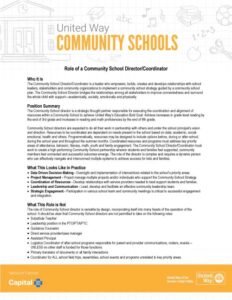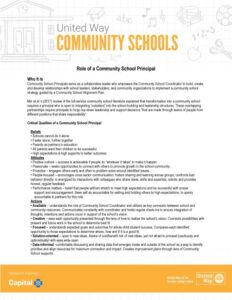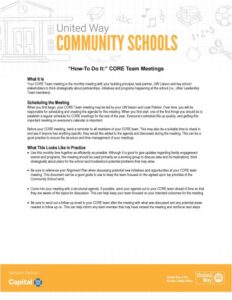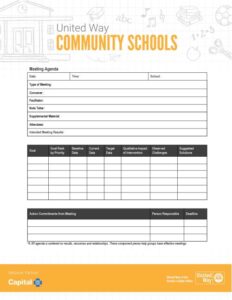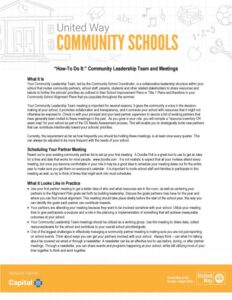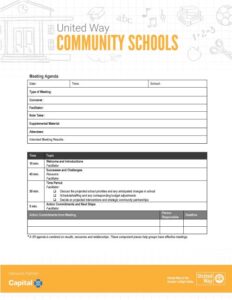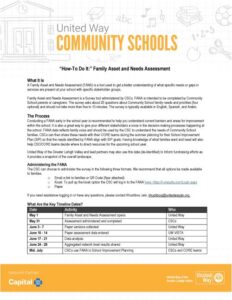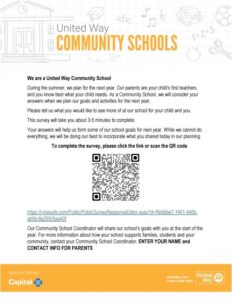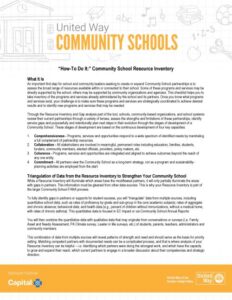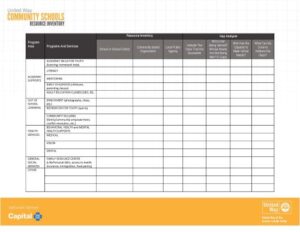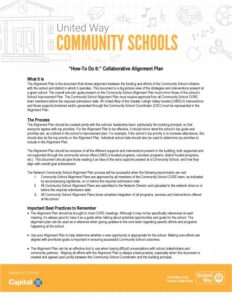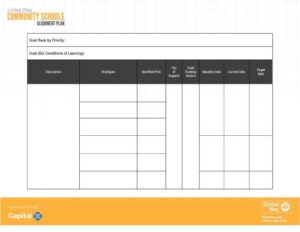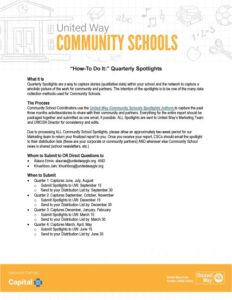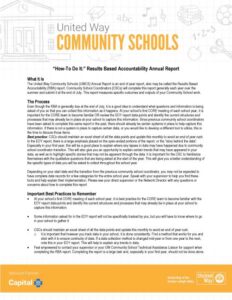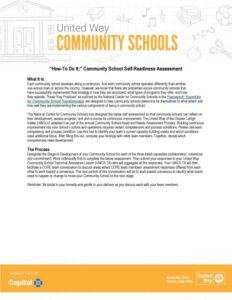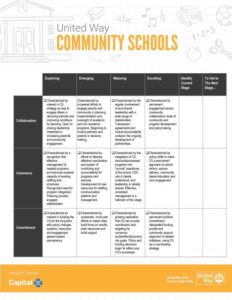Community Schools are an evidence-based, place-based strategy—not a program.
Below are the key components that must exist for a successful Community School to be established.
Looking for something else? Contact United Way’s Community School Network Director, Khushboo Jain, at [email protected].
Cornerstone Society
Cornerstone Society provides the foundation of our work by each contributing more than $100,000 to the annual campaign.
Make a Corporate Gift
Support causes you believe in, and your company will be recognized for your charitable contribution.
Corporate Partners
View a full list of more than 300 companies and organizations powering the work of your United Way.
Cornerstone Society
Cornerstone Society provides the foundation of our work by each contributing more than $100,000 to the annual campaign.
Make a Corporate Gift
Support causes you believe in, and your company will be recognized for your charitable contribution.
Corporate Partners
View a full list of more than 300 companies and organizations powering the work of your United Way.

